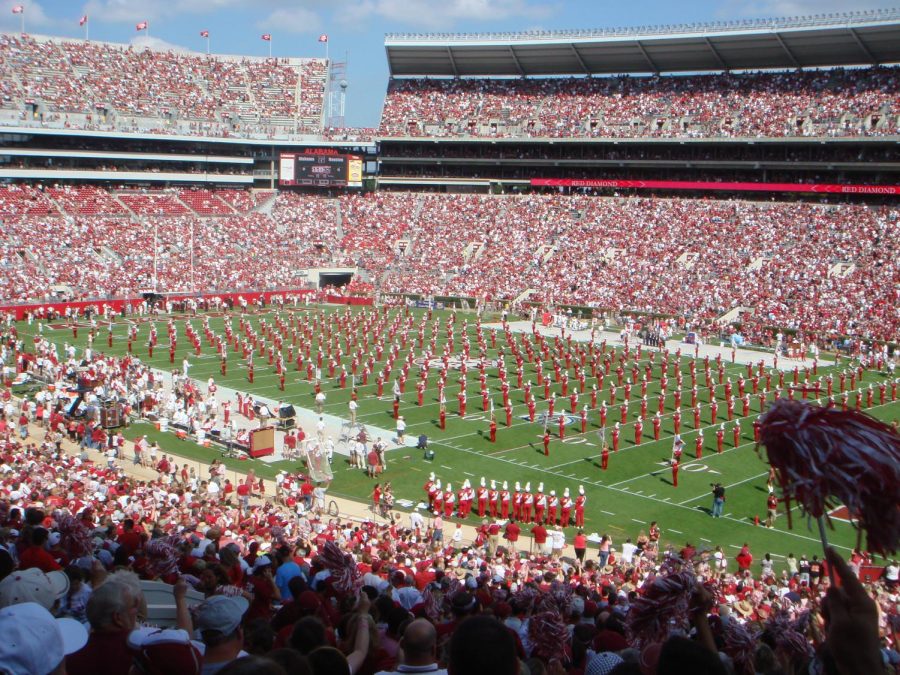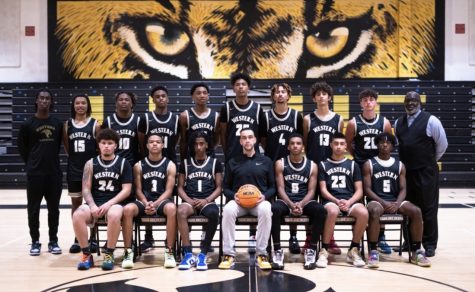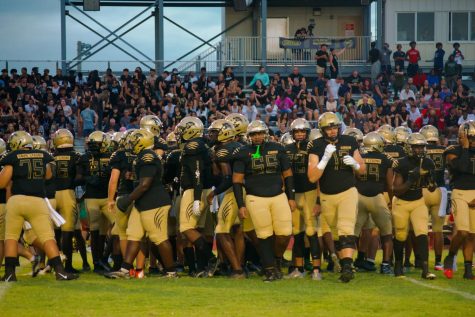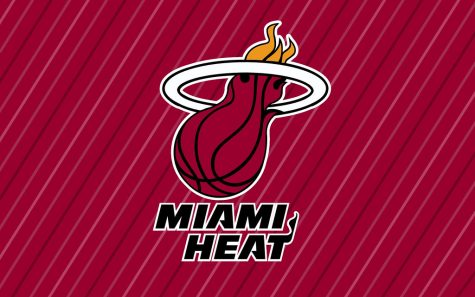College football transfer portal gives players too quick of an escape hatch
High school quarterback reflects on implications of growing college transfer culture
University of Alabama" by brian_esquire is licensed under
The University of Alabama, who lost to Georgia in the national championship, has dominated college football since 2009.
College football brings in millions of fans every year. It’s a combination of young, upcoming athletes with the old tradition of each unique school. Between the community ties in small towns to the electrifying atmospheres it produces in stadiums across the country, college football captivates the nation. However, the NCAA has made a few decisions regarding the transfer portal that have made the sport a bit toxic and corrupt.
The transfer portal is an online interface where any college football player can put their name into for other schools to offer a roster spot; basically equivalent to free agency in professional sports. Unsigned, uncommitted players that wait an indefinite time for a team to reach out to them. When it debuted in 2018, it was a system made to quicken the transfer process. What used to take days and weeks only takes a few minutes to start, however that ease has now become the main reason student athletes use the portal so often. Furthermore, last April, the NCAA decided that athletes no longer have to sit out a year before being eligible to play for their new team, giving them even more reason to place their name into the collegiate whirlpool, just to see what happens.
As of August 1, over 1,400 FBS (Football Bowl Subdivision) players have entered the transfer portal. After the CFP (College Football Playoff) National Championship game between the University of Georgia and the University of Alabama, which Georgia won 33-18, seven players from the University of Alabama entered the portal within 24 hours of the end of the game. If that doesn’t raise a few red flags about the transfer portal and how fast it can be used by a student-athlete without guidance, I don’t know what will.
Players are fleeing from their respective campuses left and right. After just the smallest inconvenience, they are putting their name into some gigantic online pool without any confirmation that they will find another team who will offer them a scholarship. Most of the players transferring through the portal have to walk on, meaning they have to pay full tuition like regular students. In some cases, this can become a financial burden on some households and easily become a debt that can possibly take a generation or two to overcome. Those seven Alabama players most likely didn’t have a face-to-face conversation with their families about their decisions. The ease of the process has now given student athletes the opportunity to make a life-changing decision within minutes, which opens the door to impulse instead of strategy.
Another big factor that some players might not be taking into consideration is their education. At the end of the day, these players are attending school, completing degrees and graduating college. There is a reason that they are called “student” athletes; their education should be their top priority over everything, including sports. Unfortunately, the transfer portal isn’t putting that into consideration for the student-athletes. Not all schools have the same majors and classes, meaning if a player transfers to a new school and they don’t offer the same opportunity, they would have to switch their major into something that could be entirely different. Not to mention new teaching styles, classmates, procedures and schedules all to begin their second semester of the year if they transfer immediately after the football season.
High school athletes are also impacted. College football recruiters are slowly backing away from high school players and are steadily increasing towards giving out most of their scholarship spots to kids in the portal. Most high school football players are severely under-developed compared to college athletes who have already spent a year or two at a university. The appeal of attaining players that are bigger, stronger, faster and smarter than high school players is what is leading university recruiters to change their approach. Instead of having to develop high schoolers into their program mentally and physically, players from the transfer portal are already performing at a college level.
The ease of the transfer portal creates a message for young minds that if they don’t get along with the coach and aren’t getting enough playing time, the answer is not to overcome but to leave. In some rare cases, the environment can be toxic and problematic for a player’s development and the transfer portal was originally meant to enable those players to leave in that case.
From a self-growth and character standpoint, however, enduring hardships and challenges is what makes people successful. As a quarterback, I have to be the one to lead not just the offense, but the entire team. I have to rally them up when adversity hits, and I’m able to do that because of the difficulties I went through in my previous years. Without those experiences early in my career, I wouldn’t be the same person that I am today.
All in all, the transfer portal was created for a noble purpose, but players are using it too often to the point where the original goal it was trying to achieve has been lost. The inconsistency of loyalty between players, and coaches as well, is ruining the camaraderie and unity of college football as a whole.


















